36 Elevations
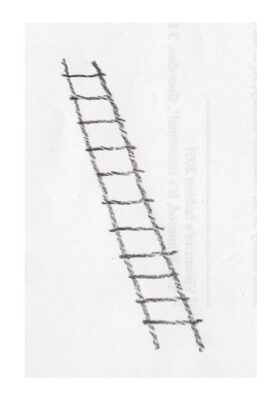
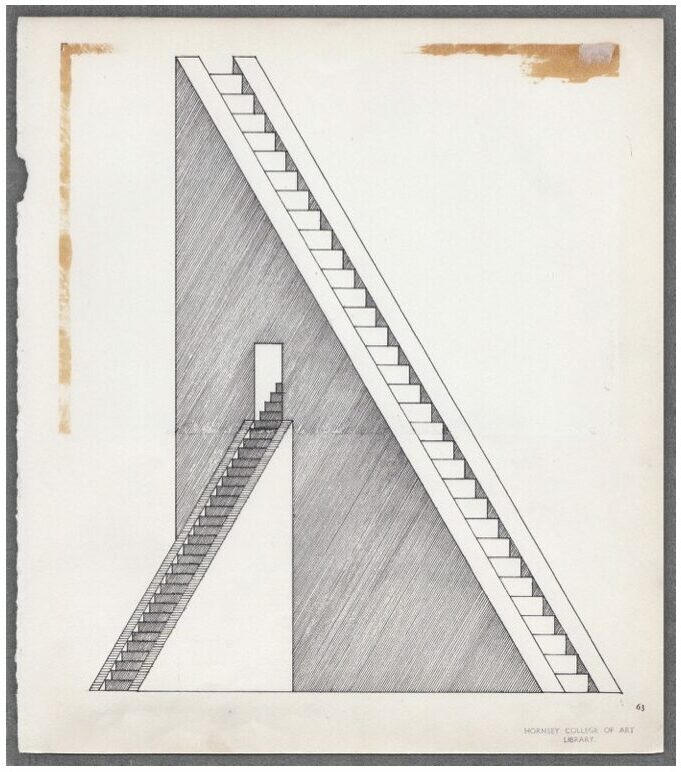
I began this series of drawings with something else in mind. The first picture was to be drawn freehand, but I took a wrong turn straight away by setting up a structure using a set-square around which the composition would be based. I realised that the structure was already a dominant visual element of the drawing and that it dictated the nature of the lines. So, instead of the rough drawing I had envisioned, I went along with the hard edges of the outline. Stairs and ladders were part of my thinking from the outset as they suggested both movement and scale. The pages on which I drew were removed from an already ruined ex-library book on the history of the Tate Gallery. These pages show the traces of tipped-in colour plates and, all but one, are individually stamped: HORNSEY COLLEGE OF ART LIBRARY. I drew in black ink in three sizes of technical pen: .50, .35 and .25. When I started there were 37 usable pages in the book. I drew 37 elevations, one of which I destroyed.
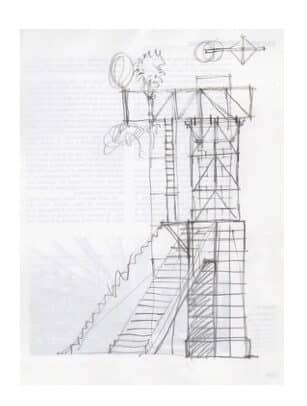
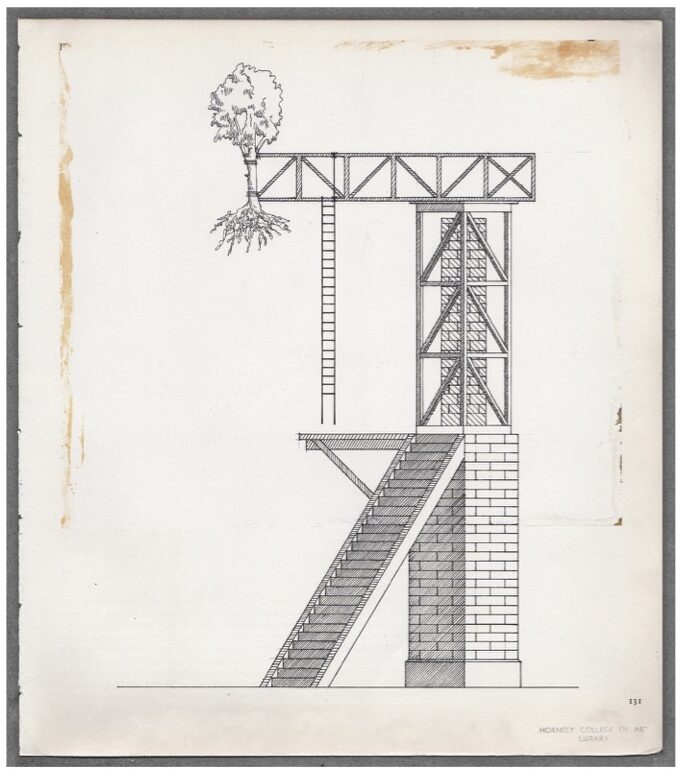
As I worked my way through the series of drawings I thought about how these imagined buildings had entered my mind. I now realise the drawings are part of a continuity of ideas that I have been toying with for the last 40 years.
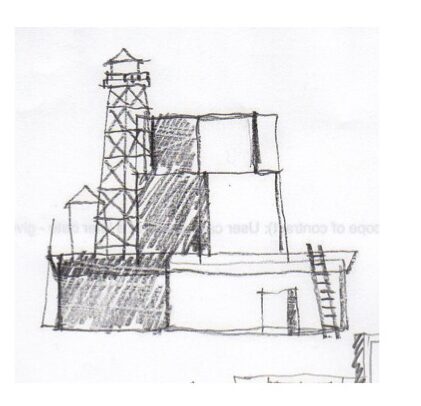
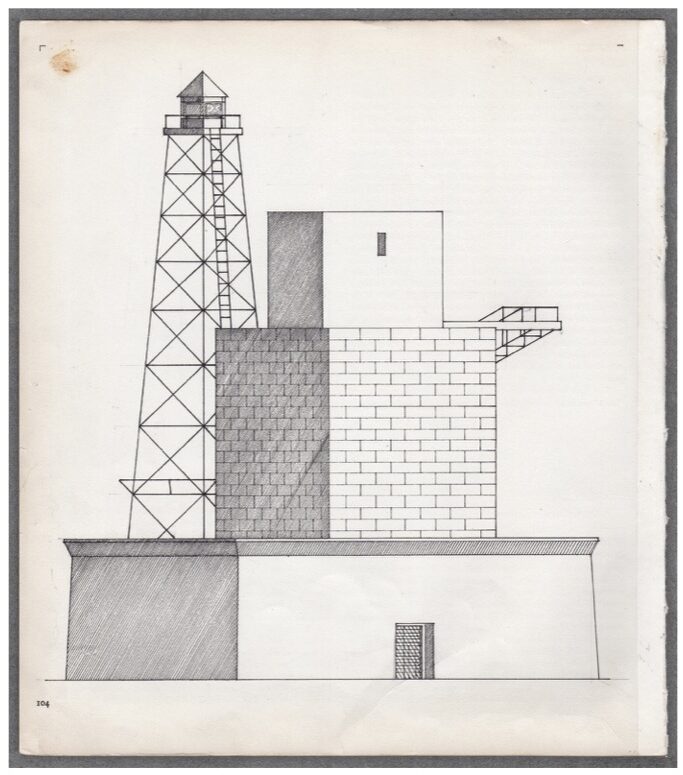
In the 1980s, I visited Vicenza and undertook a study of Palladio’s basilica. In the drawings I did then I did not treat the building as an architectural monument but, instead, I saw it as a structure born of change and in constant flux through human action and invention. Here was a piece of architectural history transformed by use into the elevated everyday, or what Georges Perec called the ‘infra-ordinary’.
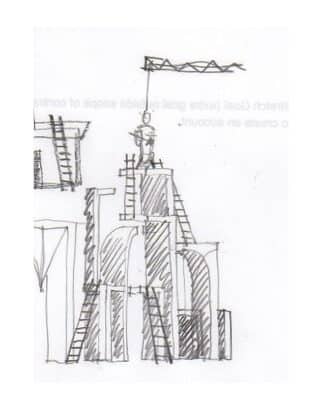
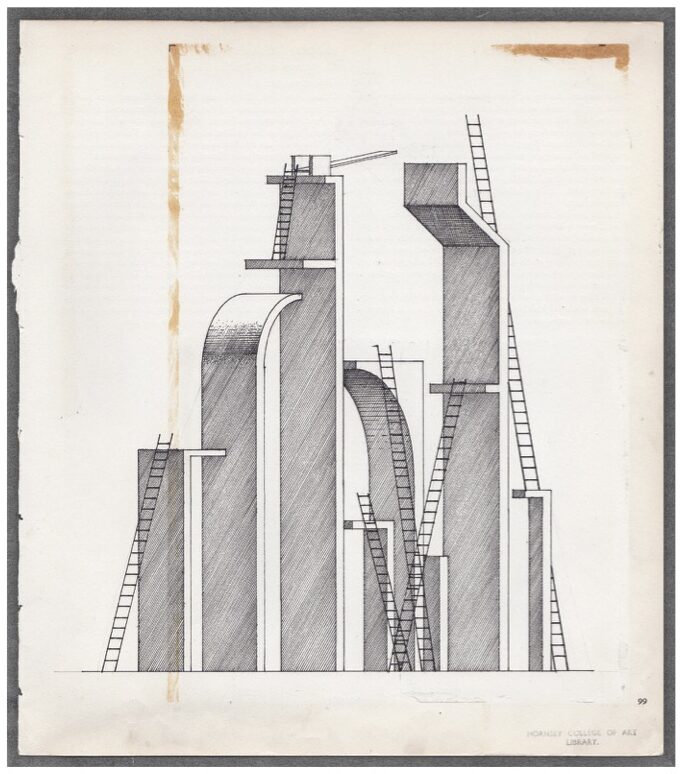
Other sources also came to mind: a memory of a visit to Expo 67 in Montreal. I remembered travelling on the monorail around and through the national pavilions. Each of these temporary structures vied for attention with grand gestures and distinctive, elemental forms. But even the geodesic dome of Buckminster Fuller’s US pavilion, which outlasted the Expo, was destroyed by fire some years later.
More recently, travelling north by train through England I began to think about the industrial installations I passed, realising I knew next to nothing about how they functioned but nevertheless revelling in their mysterious complexity.
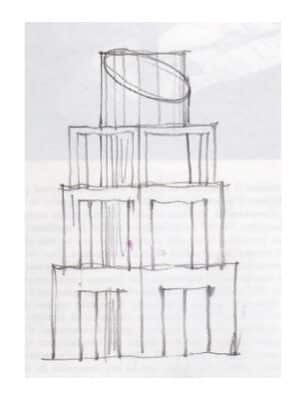

The drawings take up this detached position and isolate these structures in a flat non-landscape. The buildings are rendered useless and have become follies, stairs to nowhere, bridges between grandiose redundancy and the defunct. The starting point for the drawings, the recurring ladders and staircases, not only give scale and suggest movement but also nod to the work of Constant. They suggest the idea that the monumental can be undermined by the unintended and by play. But these monuments have become follies and turned to ruin.
36 Elevations is available in a signed, numbered edition of 50 from calumstorrie@mac.com. £12 including postage within the UK.
More of Calum’s drawings can be found on Instagram @deliriousmuseum
